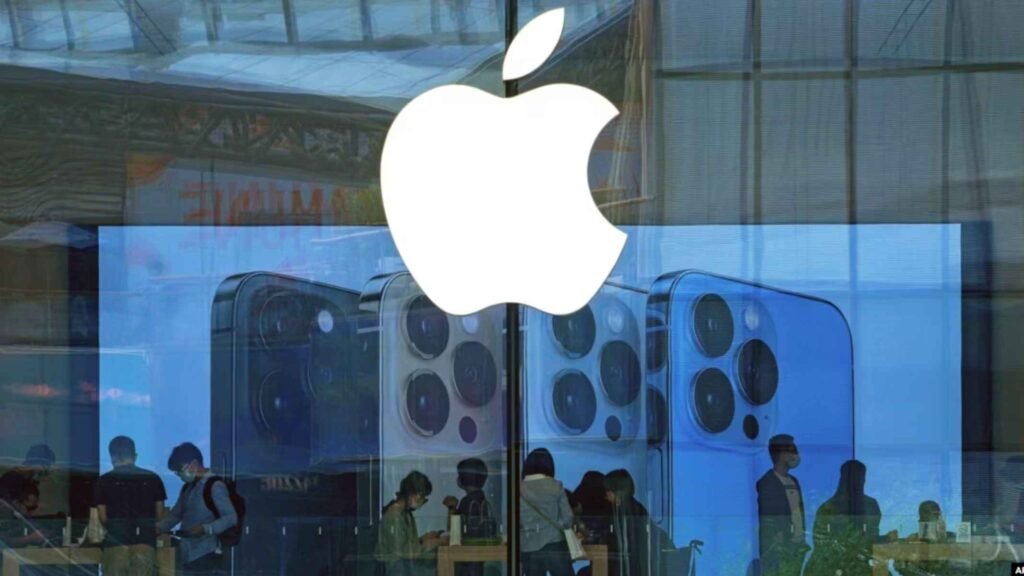Apple’s Bold Move: Transitioning iPhone Assembly to India by 2026
In a significant strategic pivot, Apple is preparing to relocate the majority of its U.S. iPhone assembly operations to India by the end of 2026. This major move comes as the tech giant navigates growing trade tensions between the United States and China. With tariffs escalating under policies initiated during former President Donald Trump’s administration, Apple aims to double its current Indian production, sharply reducing its dependence on Chinese manufacturing.
According to The Financial Times, Apple currently manufactures around 80 percent of the 60 million iPhones sold annually in the U.S. in China. The planned shift to India is expected to mitigate rising costs associated with import duties and trade restrictions, while also supporting Apple’s long-term goal of diversifying its supply chain.
Strategic Partnerships: Foxconn and Tata Group at the Forefront
To facilitate this massive operational transition, Apple is in active discussions with its key Indian manufacturing partners, including Foxconn and Tata Group. Reuters, citing sources familiar with the matter, reports that these talks are focused on scaling production capabilities rapidly to meet Apple’s ambitious targets.
This move builds on Apple’s previous expansions in India, which have already borne fruit. In March, Apple shipped $2 billion worth of iPhones from India to the United States—a record-setting achievement representing approximately 600 tonnes of cargo, according to Reuters. This marked a milestone for both Tata Group and Foxconn, showcasing India’s growing capability in high-volume smartphone manufacturing.
India’s Emergence as a Global Smartphone Manufacturing Hub
Apple’s shift aligns closely with Indian Prime Minister Narendra Modi’s strategic initiatives to position India as a leading global manufacturing hub for smartphones and electronics. Earlier this year, India eliminated import taxes on several mobile phone components—a move designed to make local manufacturing more competitive and attractive to major global players like Apple.
Babak Hafezi, CEO of Hafezi Capital, emphasized to Al Jazeera the importance of such policy reforms, stating, “If you’re charging import tax for intermediary goods, then you cannot actually be competitive versus somebody who does not. Their objective is to be as competitive as they can be to become the leading manufacturing hub.”
This policy-driven momentum is starting to yield results. In the 12-month period ending March 2025, Apple assembled approximately $22 billion worth of iPhones in India, a remarkable 60 percent increase compared to the previous year, according to Bloomberg. Still, India accounts for only 20 percent of global iPhone production, highlighting the substantial work ahead.
The Challenges Ahead: Higher Production Costs in India
Despite these promising developments, Apple’s transition to India will not be without hurdles. Manufacturing in India is estimated to be 5–8 percent more expensive than in China, according to a Reuters report. These higher costs present a notable challenge as Apple seeks to maintain its profit margins while ensuring product quality and availability.
Industry analysts warn that while India’s role will grow, Apple’s dependency on Chinese manufacturing won’t vanish overnight. “India will help, but it’s not moving the needle on China’s dependence for Apple. It will take years to make this move, as Apple is caught in the tariff storm,” an unnamed source told Reuters.
This underscores the complexity of restructuring a deeply entrenched, globally distributed supply chain. For now, China remains a critical component of Apple’s manufacturing ecosystem.
What This Means for the Future of Apple’s Global Strategy
Apple’s decision to accelerate its investment in India marks a pivotal moment not just for the company but for the broader global manufacturing landscape. As geopolitical risks continue to reshape international trade, technology giants like Apple are increasingly forced to rethink and diversify their production bases.
India’s growing share in Apple’s supply chain signifies the country’s rising prominence in high-end electronics manufacturing. If successful, this transition could set a powerful precedent for other multinational companies seeking to de-risk their operations amid an increasingly volatile global trade environment.
Conclusion: A Strategic Shift with Global Implications
Apple’s plan to move the bulk of its U.S. iPhone assembly to India by 2026 is a bold bet on a new manufacturing future. While challenges such as higher costs persist, the potential for India to become a cornerstone of Apple’s global production strategy is clear. As the world’s largest tech company adapts to shifting trade dynamics, its moves will likely have ripple effects across the technology and manufacturing sectors for years to come.
